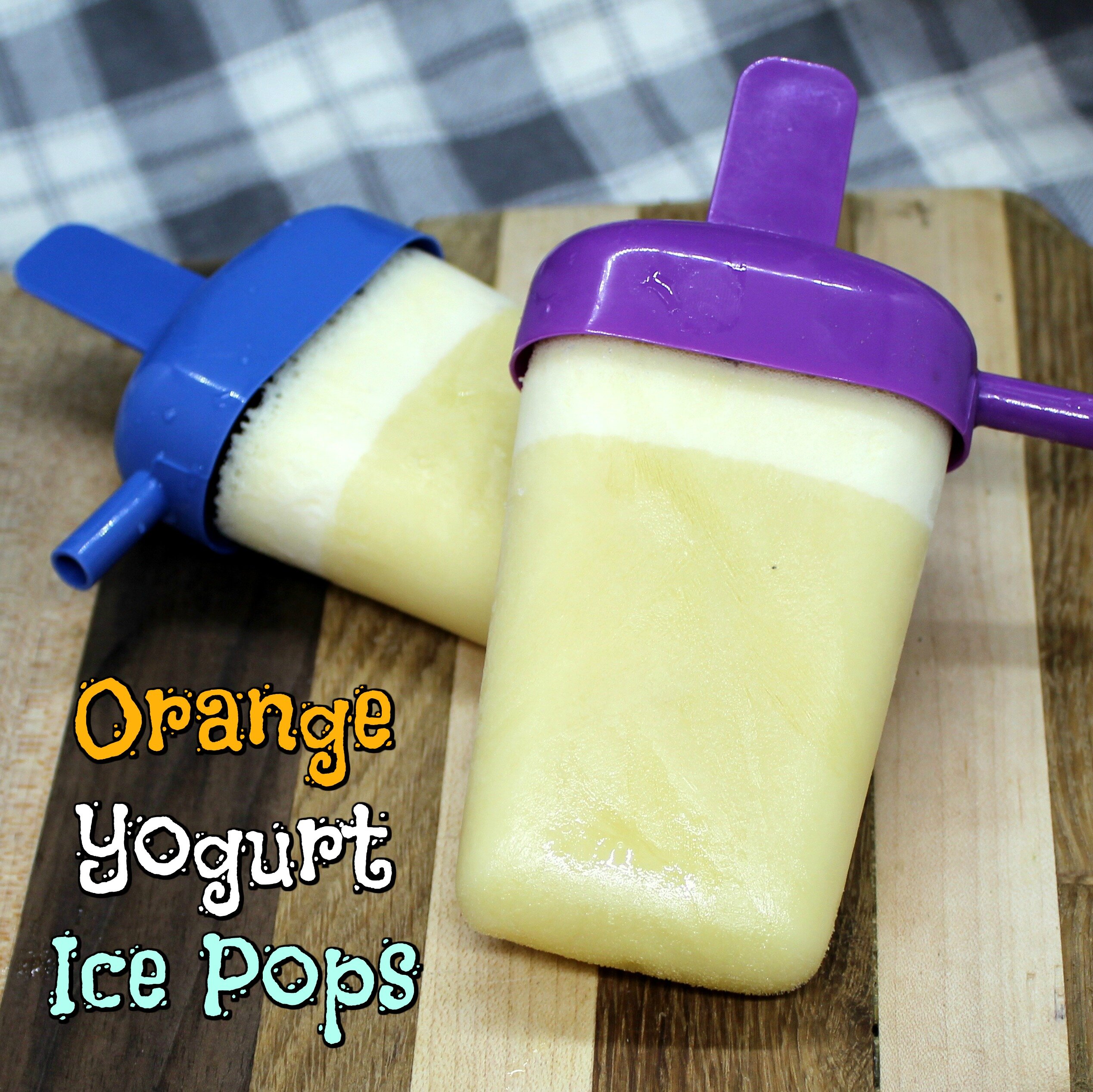
According to the Oxford dictionary, honey is “a sweet, sticky yellowish-brown fluid made by bees and other insects from nectar collected from flowers.” Simple, right? Wrong! Because that may not be all you’re getting in that bottle of honey you purchased from the store!! “But the label says honey!” Sorry honey, just because it says honey, is it really?
The FDA (Food and Drug Administration) has no legal requirement for honey labels. They have “guidance” for labeling on their site. They will even spell out what mislabeling is or what adulterated honey is, but you basically have to put blind faith that the supplier really put honey in the jar and properly label it, because the FDA really doesn’t care if they do. Let that sink in.
Now how can I say that the FDA doesn’t care? Because they said so. Really!! You see back in 2006 the American Beekeeping Federation and several other honey-related groups submitted a citizen petition requesting that FDA adopt a U.S. standard of identity for honey. And do you know what the FDA said? In 2011 they said “we denied the petition because the petition did not provide reasonable grounds for FDA to adopt the Codex standard for honey. We also concluded that the petitioners’ goals can be achieved by our existing authorities and a standard of identity for honey would not promote honesty and fair dealing in the interest of consumers.” Say what!?!?!
Yup folks, the FDA said that having a standard of identifying honey would not promote honesty and fair dealings for consumers…. Wait, you and I are consumers! I don’t know about you, but if I am putting something into my body, I want to know if it is honey, or honey with corn syrup, or honey with added sugar, or honey and god knows what. Sorry FDA, but I really do care if that bottle of honey is really honey.
I think it is sad that not only did they not adopt a Codex standard for honey, they only offered “guidance” as to how to label and what is mislabeling. Well gee, that makes me feel good (note sarcasm) that the FDA told producers how they should label honey, but really don’t enforce it because there is no legal requirement for honey labels. And it gets even scarier…… Fasten your seat belts boys and girls….
When it comes to imported packages of honey that are adulterated with cane or corn sugar residues or have chloramphenicol and fluoroquinolones, do you know how the FDA monitors such “adulterated” honey products?
To me that just read, “Hey everyone, keep an eye out but don’t actually do anything.” To me that’s not good enough! Do you know what chloramphenicol and fluoroquinolones are? They are heavy hitting, broad spectrum antibiotics. Gee, I am feeling fine, don’t need any extras of those, thanks. These are not nice drugs and not recommended for use with children most of the world over. I don’t know about you, but I don’t want any hiding in my so called honey. And frankly I don’t want to trust Joe the Inspector to eyeball import honey and say it looks good to him.
So how do you get REAL honey?
The easy answer is buy local from a bee keeper. I know, I know, that isn’t possible for most folks. But you can buy locally harvested honey at farmers markets. Heck, you can even get it in many smaller mom and pop stores who are more willing to carry small batch products.

If you must buy your honey from a big box grocery store, here are a few thinks to keep in mind….
1.) The clearer the honey, the less likely it is pure. Remember the Oxford dictionary said honey is a yellowish-brown fluid. My rule of thumb is, if you can read something while looking through a bottle of honey, put it down!
2.) Real honey is thicker then corn syrup or other sugary liquids. If your store bought honey is runny…. run away!
3.) Price. If you pick up the cheapest bottle of honey at a store, you get what you pay for. With the decline of honey bee populations the world over, think about how it can be sold so cheaply? Think about it…..
4.) Real honey crystallizes. If you’ve had a jar of honey sitting in the cabinet for months, and it is still crystal clear, then it’s not pure honey. And don’t worry if your real honey crystallizes and for goodness sake DON’T throw it out! You can easily re-liquefy honey that has crystallized.




Wow! This was enlightening! I had no idea….thanks so much! Back in the day, I did tend to pick whatever was cheapest. But then I tasted 'home grown' honey! Surprisingly, even here in Phoenix, there are several farms that produce honey on the side. So thanks for this info. I'm gonna pass it on! Dona
Once you go real you can never go back LOL
I am lucky enough to live in an area where we can get local raw honey. It is so much better tasting and better for you. I had no idea the FDA cared so little.
It's shocking to say the least 🙁
I have a friend who raises bees! It is nice to have access to local honey. Once you've had "real" honey you can't go back! And I actually love eating a spoonful of the crystallized honey!
Real honey is amazing in any form 🙂
I only buy local, raw honey – most of the golden stuff in supermarkets are half sugar with honey. Not the real stuff with the real benefits. Great post!
I love all the health benefits from real honey!
Wow…what a great post! 🙂
I would love for you to share this with my Facebook Group for recipes, crafts, tips, and tricks: https://www.facebook.com/groups/pluckyrecipescraftstips/
Thanks for joining Cooking and Crafting with J & J!
Thanks!
This is some great information! Going to share! Thank you so much for sharing this with us on the Homesteader Hop!
Thank you!
Fortunately, we have a bunch of local honey bees so this shouldn't be much of a concern. I didn't know all the regulations. Thanks for sharing on the Waste Less Wednesday Blog Hop!
Gotta love local 🙂
Local honey really is wonderful, and I've heard it can help with hay fever too! It's a shame the FDA haven't been more stringent with their labelling requirements. Over here in the UK, if it says honey on the jar, it has to just be honey in the jar. You've made me realise how lucky we are! Great tips for knowing good honey from 'not honey'. I'm really grateful you shared this post with Hearth and Soul, Mindy.
I wish our government would take note of UK standards…. Our food here is so messed up.
I get honey from friends so I know that is the real thing – but when I don't I will now be on the look-out for those to avoid. #WasteLessWednesday
It's nice to have friends, isn't it? 🙂
Definitely 🙂
I wrote about this a few years ago. It's a bit shocking and since then I always buy local honey. Thanks for the education! Best wishes, a fan of yours, Linda @Crafts a la mode
I think it is shocking to most of the general public. Another lesson in being personally responsible for what you put in your body!